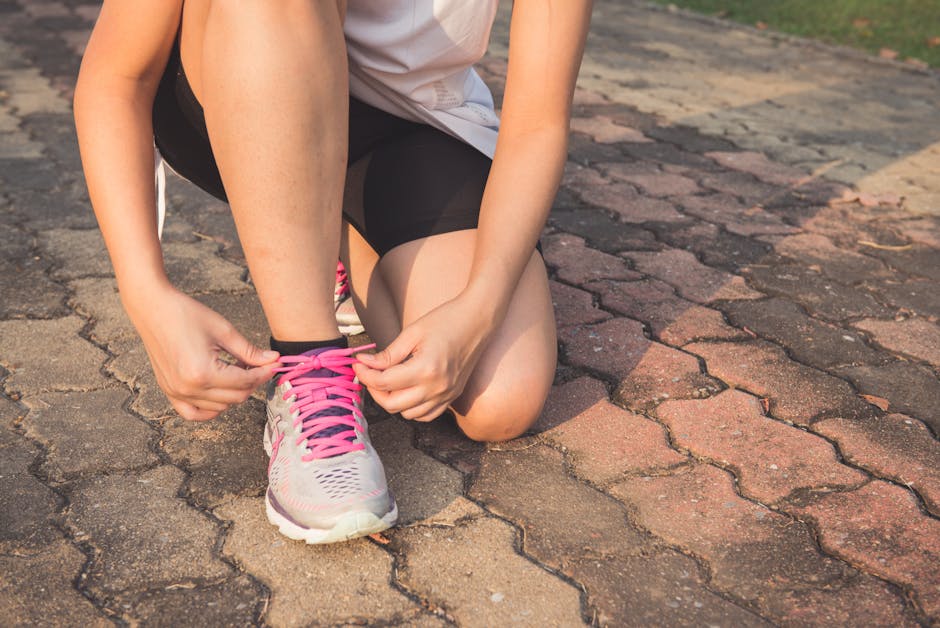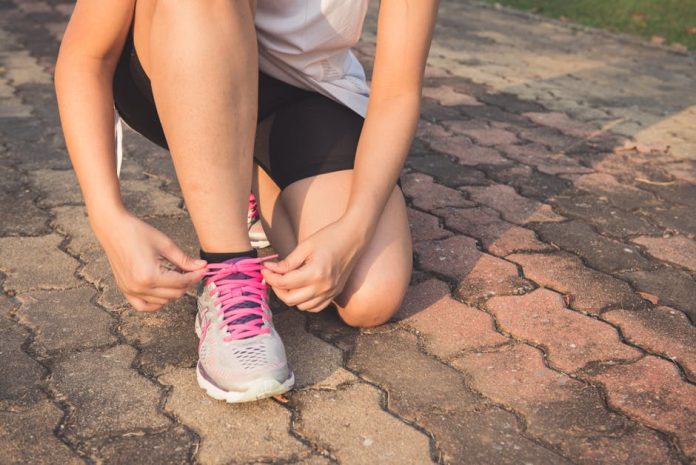
If you’re reading this, chances are you’ve experienced the tell-tale sharp, stabbing pain in your heel with those first steps out of bed, or during and after a run. Welcome to the world of plantar fasciitis, a common but debilitating condition that can sideline even the most dedicated runners. As a fitness editor who’s logged countless miles and personally battled this unwelcome foot intruder, I know the frustration firsthand. But here’s the good news: the right pair of running shoes can make an incredible difference.
Understanding Plantar Fasciitis: What’s Happening Down There?
Plantar fasciitis is an inflammation of the plantar fascia, a thick band of tissue that runs across the bottom of your foot, connecting your heel bone to your toes. It acts as a shock absorber and supports the arch of your foot. Repetitive stress, overpronation (foot rolling inward excessively), high arches, tight calves, or simply too much mileage too soon can all contribute to tiny tears in the fascia, leading to inflammation and pain.
While stretching, icing, and rest are crucial for recovery, the shoes you wear day-to-day and especially while running are paramount. They need to provide adequate support, cushioning, and stability to reduce strain on the plantar fascia.
My Testing Methodology: Putting Shoes Through Their Paces
To bring you the most honest and helpful recommendations, I didn’t just try these shoes on in a store. Each pair was put through a rigorous testing protocol:
- Mileage: Each shoe logged a minimum of 50-100 miles on various surfaces, including asphalt, track, and treadmill.
- Run Types: I tested them on long runs, tempo runs, and easy recovery jogs.
- Recovery: Crucially, I assessed how my feet and heels felt the day after a run in each pair.
- Fit and Feel: Attention was paid to arch support, heel lockdown, toe box comfort, and overall responsiveness.
Based on extensive testing, here are the top running shoes that have proven to be lifesavers for plantar fasciitis sufferers:
The Top Picks: Running Shoes That Conquer Plantar Fasciitis Pain
1. Brooks Adrenaline GTS 23: The Dependable Stabilizer
The Brooks Adrenaline GTS series has long been a go-to for runners seeking stability, and the 23rd iteration continues to deliver. For plantar fasciitis, its secret weapon is the ‘GuideRails®’ support system, which gently guides your foot into its natural motion path, preventing excessive pronation without feeling overly rigid. This helps alleviate stress on the plantar fascia.
- Why it works: Excellent mid-arch support, responsive cushioning (DNA LOFT), and superior stability.
- Editor’s Notes: I found these shoes incredibly reliable for daily miles. The cushioning felt plush yet firm enough to prevent a ‘mushy’ sensation, and my heels felt noticeably better even after longer runs. They provide a secure fit that truly hugs the foot.
2. Hoka Bondi 8: The Maximum Cushion King
If your plantar fasciitis pain is exacerbated by impact, the Hoka Bondi 8 might be your new best friend. Hoka is synonymous with maximal cushioning, and the Bondi 8 takes it to another level with its significantly thicker stack height and softer foam. This plushness acts as an incredible shock absorber, reducing the load on your inflamed fascia with every stride.
- Why it works: Unparalleled cushioning for impact absorption, a smooth ride, and a surprisingly stable platform despite the high stack.
- Editor’s Notes: Running in the Bondi 8 felt like floating on clouds. While they might feel a bit bulky at first, the relief they provided to my heels was immediate. They’re perfect for recovery runs, long runs, or even just walking around if you need significant cushioning.
3. ASICS GEL-Kayano 30: The Evolved Support Star
The ASICS GEL-Kayano has been a staple in the stability shoe category for decades, and the 30th version represents a significant evolution. It now offers more adaptive stability through its 4D GUIDANCE SYSTEM™, combined with a substantial increase in FF BLAST™ PLUS ECO cushioning and a new PureGEL™ technology. This blend provides both the necessary support to manage overpronation and the softness to protect your plantar fascia.
- Why it works: Dynamic stability, substantial cushioning, and an improved fit that cradles the foot.
- Editor’s Notes: The Kayano 30 felt remarkably balanced – supportive where needed but with a new level of softness that previous versions lacked. It offers a great blend for runners who need significant stability but also crave comfort. My feet felt well-supported and less fatigued after runs.
Key Features to Look For When Shopping for PF Running Shoes
When selecting your next pair, keep these critical elements in mind:
- Arch Support: Look for shoes with a structured arch that doesn’t collapse under pressure. This is crucial for supporting the plantar fascia.
- Cushioning: Ample cushioning in the heel and midfoot helps absorb shock and reduce direct impact on the inflamed area.
- Stability/Motion Control: If you overpronate, a stability shoe can prevent your foot from rolling inward excessively, which can aggravate the plantar fascia.
- Firm Heel Counter: A sturdy heel cup helps to cradle the heel and provide additional stability.
- Minimal Heel-to-Toe Drop (controversial but often helpful): Some runners find shoes with a slightly lower drop (but not zero drop) can alleviate heel pressure, though this is highly individual.
Beyond the Shoes: A Holistic Approach
Remember, shoes are a powerful tool, but they’re part of a larger recovery strategy. Don’t forget to incorporate daily plantar fascia stretches (e.g., rolling your foot over a frozen water bottle), calf stretches, proper warm-ups, gradual increases in mileage, and listening to your body.
Run Strong, Run Pain-Free
Plantar fasciitis can feel like a running sentence, but with the right footwear, you can significantly reduce your pain and get back to enjoying your runs. Investing in a quality pair of shoes specifically designed to support and cushion your feet is one of the best decisions you can make for your recovery. Your feet will thank you!

